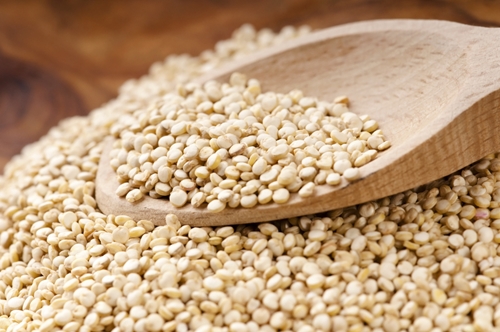Whole Grain Consumption: Where do Americans Land?

In a recent study by Post Foods, it was discovered that most Americans are not getting their daily recommended amount of dietary fiber from their diets. Whole grain consumption is important, and all people should become aware of the amount they should have in their diet. According to research, nine out of 10 Americans don’t get enough. Some of the most common sources of fiber for Americans sources cereals and bread. Fortified cereals have recently emerged as a way to increase the amount of dietary fiber adults consume, but the relationship between whole grains and fiber is often not completely understood by consumers and even medical professionals.
Whole Grain Consumption: The Truth for Americans
Another study from the University of Minnesota St. Paul found that a large portion of Americans are getting no whole grains in their diets. The study revealed that 39 percent of children and 42 percent of adults did not consume any whole grains on a regular basis, though the recommended amount is about three servings per day.
The study also found that those who consumed the most amount of whole grains also got the highest amounts of fiber in their diet compared to those who did not eat whole grains. Adults who ate whole grains consumed about 76 percent more fiber than their counterparts.
Fiber is an important nutrient for the body and digestion, but it does not come strictly from whole grains. Whole grains are an important part of senior nutrition because they have little or no fat, promote good health and may even help ward off some degenerative diseases, including cancer.
The case for fiber
Fiber is an important part of senior nutrition that aids in digestion and gut health. There are two types of fiber that help the digestive tract: soluble and insoluble. Soluble fiber becomes similar to a gel substance and is absorbed in water, helping rid the body of toxins and bile. Insoluble fiber acts like a sponge by attracting water, cleaning intestines. Fiber can also help other food and medication be absorbed into the body. Additionally, fiber has been known to reduce the risk of heart disease later in life and can help lower body weight. Because the body has to work harder to break down whole grains, consumption can help a person lose or maintain weight
Whole grains are excellent sources of fiber, along with fruits, vegetables and legumes. Seniors should try to eat a varied diet every day in order to consume the recommended amount of daily dietary fiber. Elderly adults may need more fiber compared to younger generations, about 30 grams for men and 21 grams for women per day, according to the Institute of Medicine of the National Academies.
Some popular whole grain choices that contain high amounts of fiber include:
- Barley
- Oatmeal
- Brown rice
- Wild rice
- Popcorn
- Whole oats
- Rye
- Bulgur
- Whole wheat flour
When making dietary choices, seniors should consider the importance of fiber in nutrition and look for whole grain stamps at the grocery store.
To maximize your Senior Health Insurance benefits, visit MySeniorHealthPlan.com for quick, simple and easy information.
- How Medicare Advantage Plans Cover Seniors’ Vision, Hearing, and Dental Needs - October 29, 2024
- 2025 Medicare Part D Changes: How to Save on Prescriptions - October 25, 2024
- Everything You Need to Know About the 2025 Medicare Changes and How They Affect You - October 21, 2024

